Even though you might not be familiar with the term Software as a Service, or SaaS, you probably already know what it is. Software as a Service is any kind of platform or app that uses the internet to provide a service. So when you send a message on Slack, open up a Google Docs, or post a photo on Instagram, you are using a SaaS application.
In the intranet world, intranet as a service market is the actual market that encompasses cloud-based intranet solutions. Intranets have come a long way from the static internal websites of the 1990s to today’s dynamic, cloud based platform that connects employees anytime, anywhere. These days, modern intranet solutions are commonly delivered as a cloud-based service, and, as a result, intranet as a service and the intranet service market continues to expand.
In this post, we will take a deep dive into the global intranet as a service market, including its rapid SaaS-driven growth, regional market sizes—with a focus on the US, UK, EU, and China—and the projected market growth and valuation of the service market size. We will also explore key tech trends shaping the intranet solutions of 2025 and beyond.
Let’s get started!
Why do organizations use intranet as a service solutions?
Let’s start with the basics. Intranet software are digital platforms that workplaces use to streamline internal communication, knowledge management, and engagement. They are interactive, lively, and people-centric, which organizations leverage to keep employees informed, connected, and motivated.
Studies have found that implementing social intranet tools can meaningfully boost employee engagement and communication. For example:
- Internal social platforms led to an average of 20% increase in employee satisfaction.
- After implementing social tools respondents to this survey found a 20–25% rise in productivity among knowledge workers.
- 87% of employees agree that a good intranet facilitates strong communication.
Intranets focus on streamlining the internal factors that ultimately boost employee productivity and builds a successful and healthy workplace. So, if you reach people with communication that matters to them and make information easier to find, employees will feel supported and work more efficiently.
Internal Communications and Collaboration
- Because Intranet as a service platforms stores all the tools in the cloud, businesses can facilitate internal communication among staff in a single office or across multiple locations.
- Cloud intranets provide employees with a platform to collaborate and share information, improving productivity and efficiency.
- Intranets also reduce email overload by notifying employees directly about important updates and make it easy to access company information, policies, and procedures.
Knowledge Management
- Organizations are able to use knowledge management tools to centralize documents and streamline other systems with integrations.
- Some cloud intranets have extranet capabilities, which allows workplaces to share information with customers, or people outside of the organization, with FAQ pages, digital knowledge bases, and ticketing software.
- Workplaces can streamline employee onboarding and ensure new hires are equipped with the information they need to be successful within their role and the company.
Employee Engagement and Company Culture
- Particularly for remote and frontline workers, cloud based intranet solutions provide an accessible place to connect people with the entire company, from any location.
- Intranets also have social features, such as employee recognition, badges, and employee profiles, to build camaraderie and put faces to names.
- Workplaces can easily promote internal events, even creating special spaces that stores information, sign ups, and announcements.
History of Intranet As a Service Market
It’s clear why intranets are important, but how did they come to be?
Prior to the early 2000s, the majority of organizations were limited to how and where they could work. Intranets—and any workplace technology—were restricted to physical servers that organizations managed and maintained. Following the revolutionary advancements of the internet, software shifted to cloud-based models where employees could access files and tools through the internet, rather than a physical hard drive.
In 2020, the COVID-19 pandemic prompted a very urgent need for companies around the world to connect remote workers and maintain culture. This catapulted an explosive demand for an intranet-as-a-service and made a lasting shift to remote and hybrid work. Since then, intranets have turned into mission-critical platforms to replace communication and collaboration tools and access enterprise data. Gartner found that in 2020, 74% of CFOs planned to permanently shift previously on-site employees to remote work, setting into motion that digital workplaces, and the intranets underpinning them, are here to stay.
As a result, organizations of all sizes have been investing in modern intranet solutions. Before 2020, large enterprise organizations were the main consumers of intranets. But now, even mid-sized and small businesses are adopting cloud intranet solutions because they are easy to deploy, require less IT support, and have affordable options.
Key Market Growth Drivers
The pandemic highlighted a reality for many organizations: Not everything and everyone needs to be in an office. Coupled with advancing technology, the intranet market has continued to grow as more organizations invest in digital tools that centralizes communication and knowledge, while also uniting scattered employees. Specifically, here’s some of the major factors driving this demand:
- Remote & Hybrid Work: These days, more and more organizations are hybrid, remote, or have offices and teams spread across cities and countries. This shift has highlighted the need for strong communication, knowledge sharing and culture tools to ensure all teams, regardless of where they work, are connected. As a result, workplaces have turned to intranets to ensure productivity and engagement remain strong.
- Digital Transformation: Organizations globally are undergoing transformation to keep up with tech trends, and modernizing company communications is a big part of that. Replacing clunky, siloed internal sites with integrated intranet platforms boosts efficiency. A well-designed intranet supports faster information access, workflow automation, and breaks down collaboration barriers.
- Employee Engagement & Culture: Company intranets today help actively build company culture and engagement. By incorporating social networking features and interactive content, intranets enable employees to connect with each other and the communications their employer wants them to see. This focus on engagement isn’t just a feel-good factor, it drives real results. Gallup found that an engaged workforce can increase profits by 23%.
- Cloud & Cost Efficiency: Similar to other SaaS apps, Intranet as a service offers a lower maintenance burden and high scalability compared to traditional on-premise intranets. Organizations don’t need to invest in heavy infrastructure or IT teams to manage the intranet because the vendor handles updates, security, and scaling. This service enables businesses to spend less resources maintaining the intranet while increasing flexibility and usability.
- Improved intranet ROI: As intranet design and features have improved, so has their return on investment. Organizations see tangible benefits like faster onboarding, reduced email overload, and stronger customer support.
Market Overview, Size, and Regional Outlook
When it comes to market size, estimates vary slightly by source, but all point to significant expansion:
- As of 2024, the intranet as a service market is roughly in the high teens of billions. Verified Market Research values it at $15.56 billion in 2024. By the early 2030s, this is expected to more than double– reaching approximately $28.67 billion.
- Market Data Forecast expects the market to reach $31.96 billion by 2033, growing at a compound annual growth rate (CAGR) of 7.94% during the forecast period.
- Another forecast projects an increase of about $17–18 billion in market size between 2024 and 2029 alone, at ~14.5% CAGR.
- All of these reports equate to a healthy annual growth rate in the low-to-mid teens percentage.
- With the demand rising in nearly every region, the consensus is that intranet as a service will sustain double-digit growth for the rest of this decade.
All of these numbers indicate that the global intranet market is on a clear growth trajectory and organizations worldwide are investing in modern employee communication platforms to digitize and modernize their workplaces.
Regional Highlights
While intranet adoption is a global phenomenon, there are regional differences in market size and growth pace:
- North America (particularly in the US): According to the Market Research Future, North America is currently the largest share of the intranet as a solution market. There’s a couple reasons:
- The US has a lot of enterprises and tech-forward companies.
- There’s a well established IT infrastructure and cloud-first mindset.
- A lot of intranet vendors are headquartered in the US.
Canada and emerging economies like Mexico also contribute, but the US will likely maintain a leading position and be a dominant player in North America’s intranet landscape.
- Europe (particularly the UK & EU): Europe is the second-largest market for intranet solutions, with widespread adoption across Western European countries. Within Europe, the UK leads in intranet as a service uptake. British organizations have been quick to invest in modern intranets, likely due to a strong communications culture and the presence of leading intranet solution providers in-country. Germany, France, Spain and the Nordics are other significant intranet markets in Europe as they look for dependable services to connect remote workers and manage multilingual operations that comply with strict data and privacy regulations.
- Asia-Pacific (particularly China & APAC): The Asia-Pacific region (APAC) is a high-growth frontier for intranet as a service. While currently third in market size behind NA and Europe, APAC’s share is rising quickly as digital workplace tools spread across its vast economies. China, Japan, and India are identified as key intranet markets in APAC. Japan and India have large workforces and increasing cloud adoption, but China in particular stands out because of its scale and unique tech ecosystem. A common trend for APAC organizations is cost-effective, cloud-based intranets for their increasingly distributed and mobile workforces. Emerging markets in Southeast Asia are also beginning to increase their service market share by adopting intranet solutions as they modernize their business operations.
Competitive Landscape
The global Intranet as a service market is highly competitive, with several key players striving to capture market share by offering innovative and advanced intranet solutions. Major players include The Attollo Group Ltd, Perficient, Beetroot AG, Powell Software, HUBFLY, Skyver, Happeo, Elastic Cloud Solutions, DevFacto Technologies Inc., Withum Smith+Brown, LIVE TILES LIMITED, Wizdom, and Involv. These companies are at the forefront of developing cutting-edge intranet solutions that cater to the diverse needs of businesses across various industries.
These players are focusing on several strategic initiatives:
- Continuous development and enhancement of the latest technologies. Many companies are integrating elastic cloud solutions to provide scalable and flexible intranet services that can grow with an organization. Also, AI and machine learning to offer personalized content and insights is becoming increasingly common, helping businesses to improve employee engagement and productivity.
- Emphasizing user experience (UX) and design. By creating intuitive and visually appealing interfaces, these providers ensure that their intranet solutions are easy to use and adopt. This focus on UX is crucial for driving higher adoption rates and maximizing the return on investment for businesses.
- Expanding global presence. Through strategic partnerships and acquisitions, these companies are tapping into new markets to offer their solutions to a broader audience.
Intranet as a Service Market in China
China’s approach to the intranet service market has been heavily influenced by the country’s unique digital ecosystem and regulatory environment. Rather than using the same intranet platforms popular in the West, a lot of Chinese organizations are relying on “social intranet” super-apps. These are platforms that blend communication, collaboration, and social networking, all tailored to Chinese business culture. A Western company might deploy SharePoint or a SaaS intranet like Axero, while a Chinese company is more likely to use a homegrown solution that doubles as a social messaging app. Here are the key trends, players, and factors in China’s intranet market:
Enterprise Super-Apps
In China, the line between an intranet and an enterprise social network is blurred. Tools like Alibaba’s DingTalk (Ding Ding), Tencent’s WeChat Work (WeCom), and ByteDance’s Feishu (Lark) serve as all-in-one intranet, chat, and collaboration platforms. These platforms have huge user bases, for example, Alibaba’s DingTalk reached 700 million registered users at the end of 2023 – an astonishing number that highlights its ubiquity in Chinese workplaces. (This figure likely includes a mix of enterprise employees, small business users, and education users during COVID-19 remote schooling). WeChat Work, an enterprise version of the omnipresent WeChat, is also widely adopted – around 65 million users use WeChat Work for company communication. ByteDance’s Feishu, although newer, has grown quickly by leveraging ByteDance’s AI integrations and mobile-first design to attract modern workplaces. Chinese workplaces use these apps as social intranets, because they have features like real-time messaging, group forums, document sharing, workflow approvals, and corporate news feeds in a single mobile-friendly app.
Social and Mobile
A defining characteristic of Chinese intranet solutions is the strong social media DNA. Chinese business culture blends the personal and professional on super-apps. For example, employees might use the same platform to say happy birthday to a colleague and also get approval for an expense report. This social approach drives engagement and adoption because the interface resembles a social media app, so employees are familiar with it. Another big trend in China is mobile-first platforms. WeChat Work and DingTalk were designed with mobile as the priority and desktop versions secondary. During the pandemic, this proved critical when DingTalk skyrocketed to the #1 spot on Chinese app stores for weeks in early 2020 as millions of people began working from home.
Adoption and Scale
The adoption rates of intranet-style platforms in China is massive, but measured differently than in the West. Instead of intranet license counts or portal page views, success is measured by daily active users. In 2019 DingTalk had over 200 million individual users and 10 million enterprise organizations on its platform. Aside for large corporations, small businesses and startups in China also use these tools because they’re incredibly accessible—many vendors offer basic free versions.
Regulatory Factors
China’s regulatory environment heavily shapes its intranet service market. Data sovereignty laws require that employee data and communications be stored in-country, which gives local providers, like Tencent, Alibaba, a built-in advantage over foreign intranet vendors. In fact, many Western intranet or collaboration tools are either blocked or not trusted for compliance reasons, leading companies to stick with approved domestic solutions. Censorship and monitoring requirements also mean enterprise communication tools must have robust content control features. The government encourages the development of local enterprise software, aligning with its broader strategy of technological self-reliance. As a result, international intranet solution companies have a limited presence in China – not so much due to lack of demand, but because Chinese companies find the local solutions safer and more culturally adapted.
“Social” Features and Culture
A social intranet in China isn’t just a nice-to-have, it’s almost expected, because of the country’s social media-rich culture. Features like news feeds, comment threads, emoji reactions, and group chats are standard. It’s common for a company’s intranet app to double as an HR portal where employees can “like” an announcement or post photos from a team event, similar to how they would on WeChat moments. This creates a more informal and engaging atmosphere on the intranet, which drives usage. It also reflects a broader trend: Chinese enterprises value internal social cohesion, and these platforms facilitate that in a digital form.
Market Segmentation
The global Intranet as a Service market is segmented based on service type, enterprise size, application, and region, providing a comprehensive view of the market dynamics and opportunities.
Service Type: The market is divided into mobile intranet services and social intranet services. Mobile intranet services have become more of a demand because they give employees access to the intranet on-the-go, ensuring continuous connectivity and supporting frontline workers. Social intranet services, on the other hand, focus on collaboration and communication through social networking features, making them ideal for enhancing team dynamics and knowledge sharing.
Enterprise Size: The market caters to both small and medium-sized enterprises (SMEs) and large enterprises. While large enterprises have traditionally been the primary adopters of intranet solutions because of their complex communication needs, SMEs are increasingly recognizing the benefits of these solutions. The scalability and cost-effectiveness of cloud-based intranet services make them accessible to smaller businesses, allowing them to use cloud intranets for document management and enhancing communication and operational efficiency.
Application: Intranet as a Service is utilized across various industries, including media and entertainment, manufacturing, government, travel and tourism, and frontline industries like the service industry. Each industry has unique requirements and use cases for intranet solutions. Media and entertainment companies, for example, use intranets for project management and content collaboration, while government organizations leverage them for secure internal communication and compliance with regulatory standards.
Region: The global market is segmented into North America, Europe, Asia Pacific, and the rest of the world. North America and Europe currently dominate the market with high adoption rates and advanced IT infrastructure. However, the APAC region is emerging as a high-growth market, with countries like China, Japan, and India who are also fueling market expansion by increasing digitalization and the adoption of cloud-based solutions.
Tech Trends Shaping Modern Intranets 2025 and Beyond
In very recent years, there’s been transformative intranet trends that are changing how employees work. From AI to advanced mobile apps, intranet companies are continuing to enhance how workplaces collaborate and move through tasks. Here’s some of the top tech trends transforming intranet solutions:
AI Features and Chatbots
AI has become a game-changer for intranets. Features like intelligent chatbot assistants built into intranet platforms, which answers employees’ questions and locates information, is becoming an in-demand tool to accelerate problem solving and productivity. AI is also used behind the scenes for content curation (recommending relevant articles to users), improving search (using natural language queries to fetch results), and automating content management (e.g. flagging outdated pages for removal).
Integration with Workplace Apps
The goal of a modern intranet is to be a central hub for everything—including other tools employees use. Rather than functioning as an isolated site, intranets are embedding into business workflows and connecting to systems like Office 365/Google Workspace, HR systems, project management tools, and support ticketing. The idea is to simplify the workday by making the intranet a home base for all tools and resources.
Mobile-First and Frontline Access
Ensuring the intranet is accessible anytime, anywhere, on any device is a major trend. Organizations have recognized the need to include deskless and frontline workers in their digital communication loop. Most intranet solutions now offer responsive design or native mobile apps so that field engineers, retail associates, and healthcare staff can use the intranet from other devices.
Personalization and Employee Experience
Today’s intranet is increasingly tailored to the individual. Personalization in an intranet solution means the content, alerts, and even UI can adjust based on an employee’s profile, role or preferences. This trend makes intranets more useful and less cluttered for each person. It also extends to multilingual content – delivering pages in the user’s preferred language – which is vital for global companies. Personalization is being enhanced by AI as well: intranets can learn from your behavior (e.g. which articles you read) and suggest content or contacts you may find interesting, much like a social media feed algorithm. The goal is an intranet experience that feels tailored, not one-size-fits-all.
Analytics and Insights
With greater use of intranets comes the need to measure their impact. Analytics in intranet solutions have significantly improved in recent years. Administrators and communicators now have dashboards that track intranet usage, such as visits, reads, likes, comments, popular content, search queries, engagement over time, and more. This data is gold for understanding what employees care about and where communication gaps might exist.
User Experience (UX) and Design
Last but certainly not least, there’s a strong trend towards vastly improved UX design in intranet solutions. Intranet UIs are now much more intuitive, visually engaging, and aligned with consumer-grade app design. This includes elements like clean, responsive layouts, easy navigation, and consistency across devices. Good UX is crucial for adoption because employees won’t use a system that’s confusing. Another is accessibility – ensuring the intranet is usable by people of all abilities (screen reader support, high-contrast modes, etc.) which is increasingly a standard requirement.
And that’s a wrap, for now.
The global intranet market signifies that as organizations grow and evolve, intranets will continue to play a vital role in the future of work. From the massive SaaS-driven expansion and regional nuances, to the deeper integration of intranets into company culture and workflows, it’s clear that intranets are no longer optional – they’re a strategic asset.
With Axero, you’re able to streamline communication, engage remote teams, and manage knowledge, all from a branded hub that amplifies your culture and people. Curious how Axero could work as your company intranet? Book a demo today!



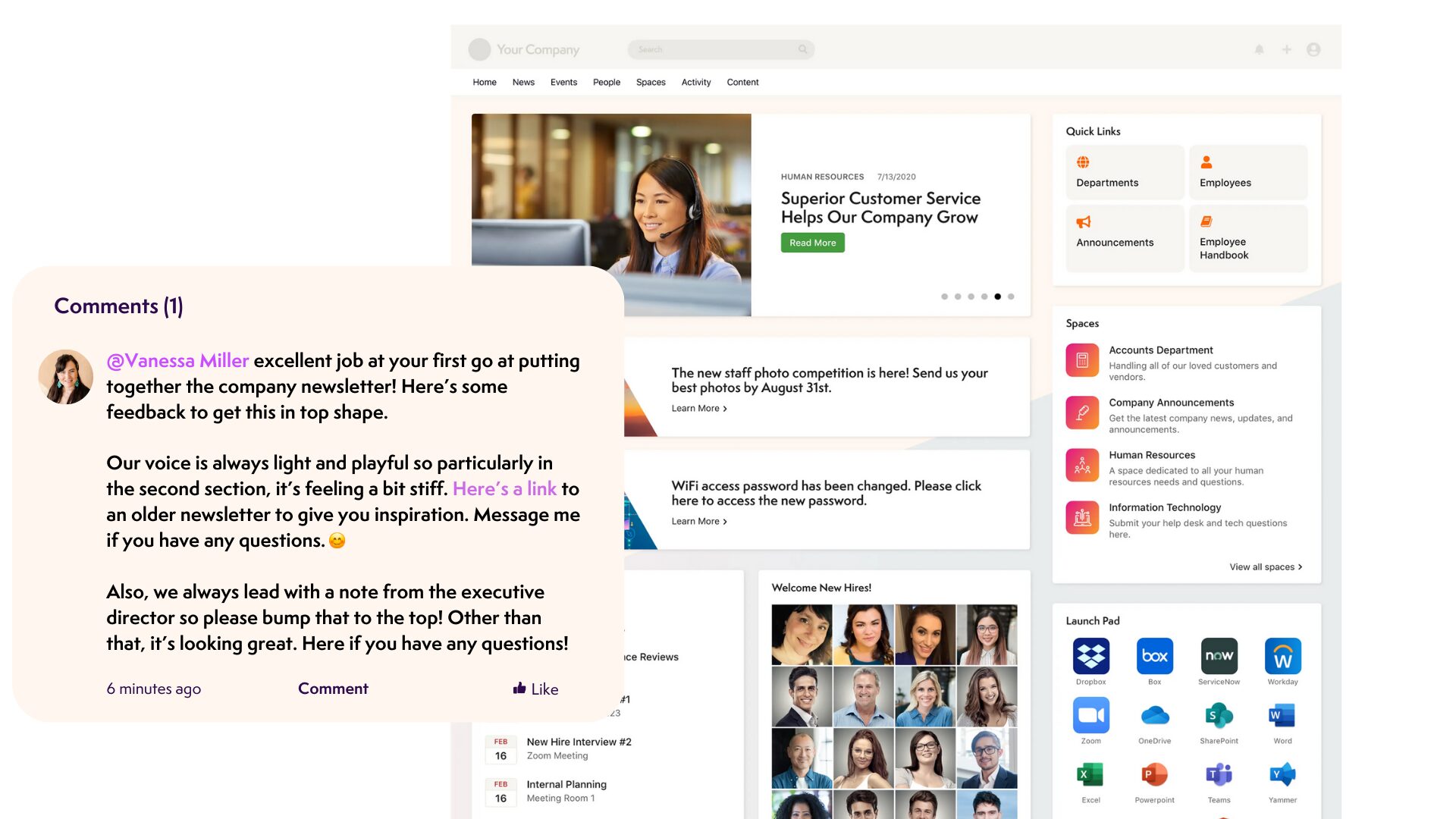
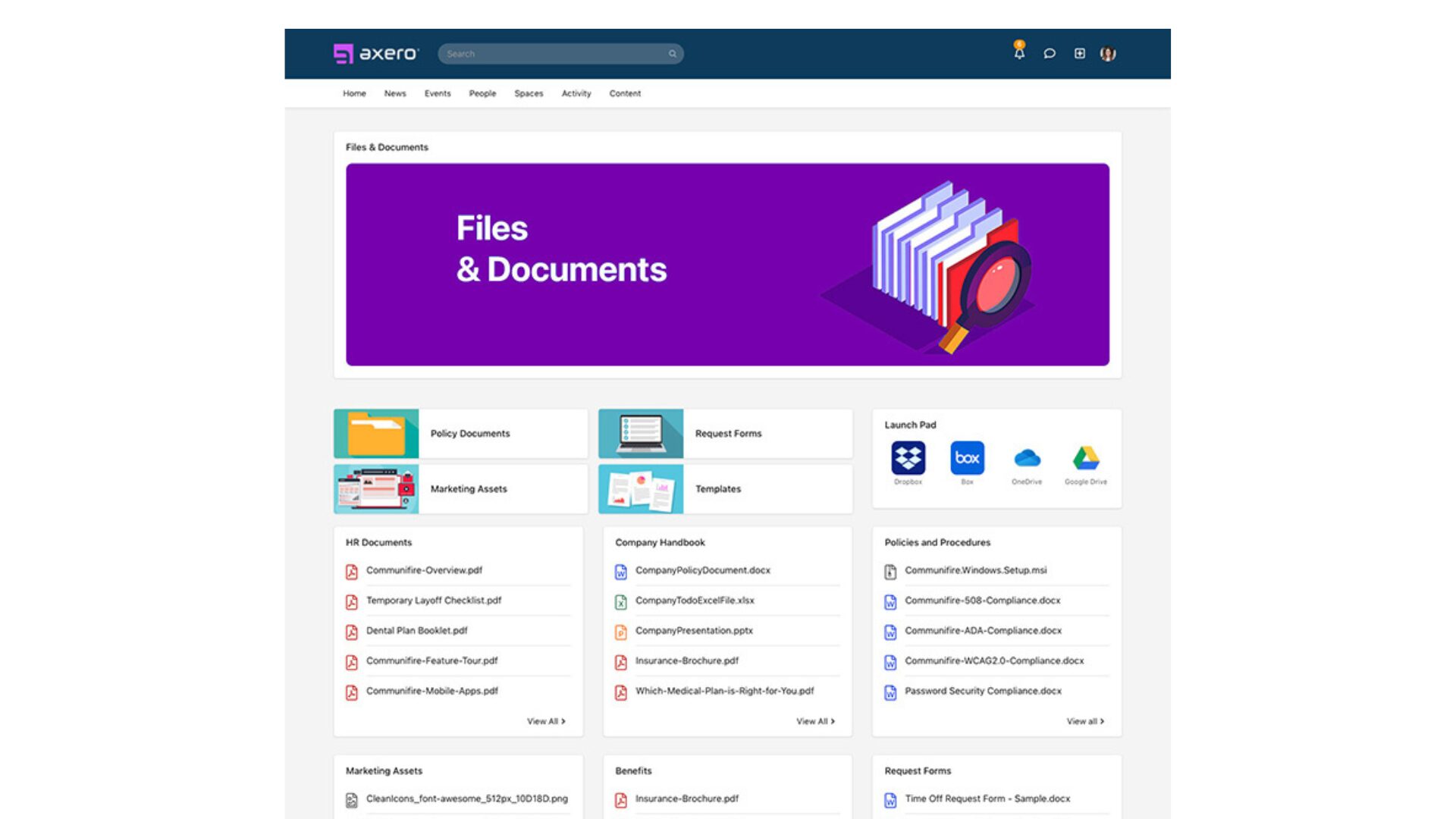
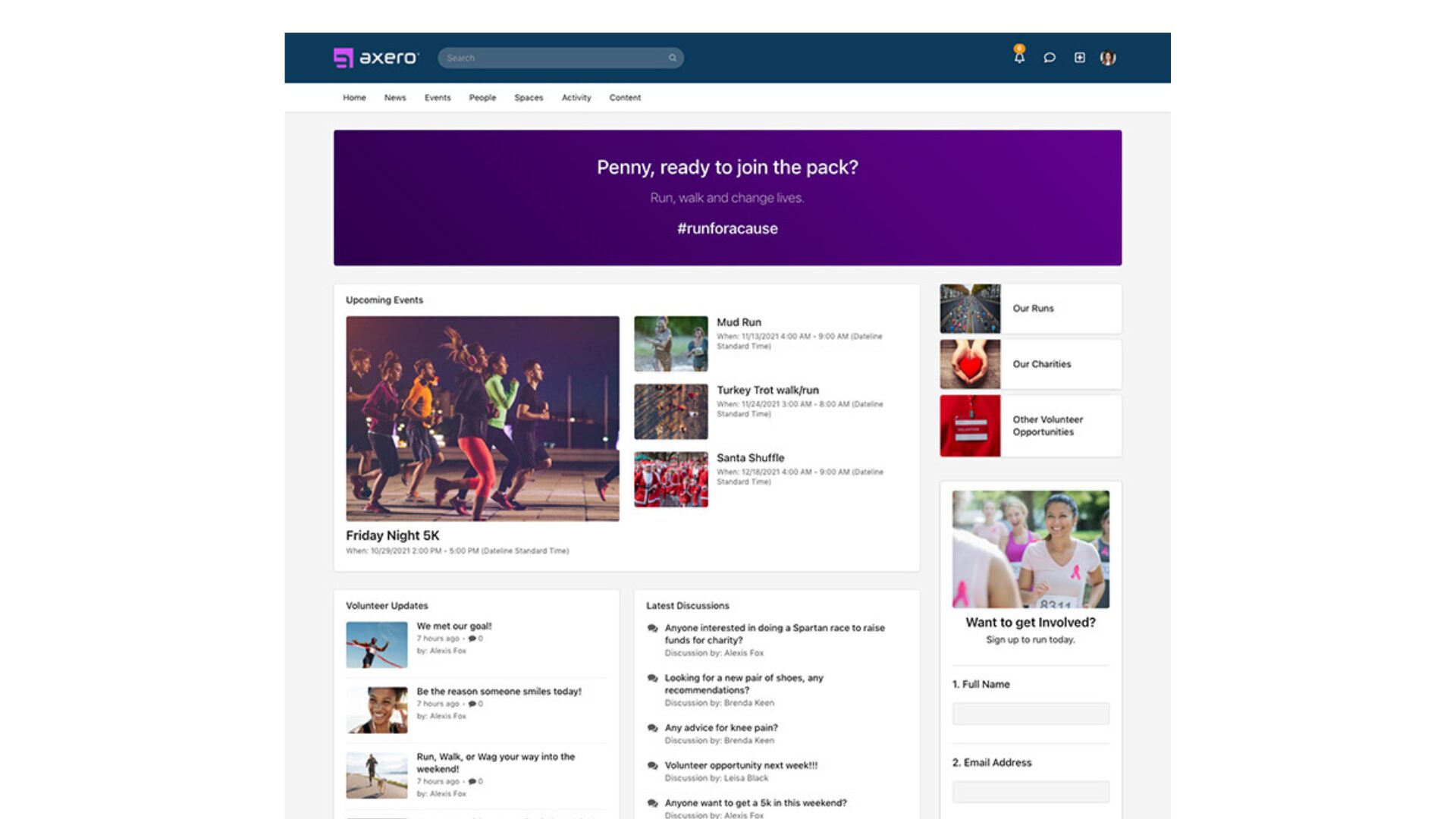

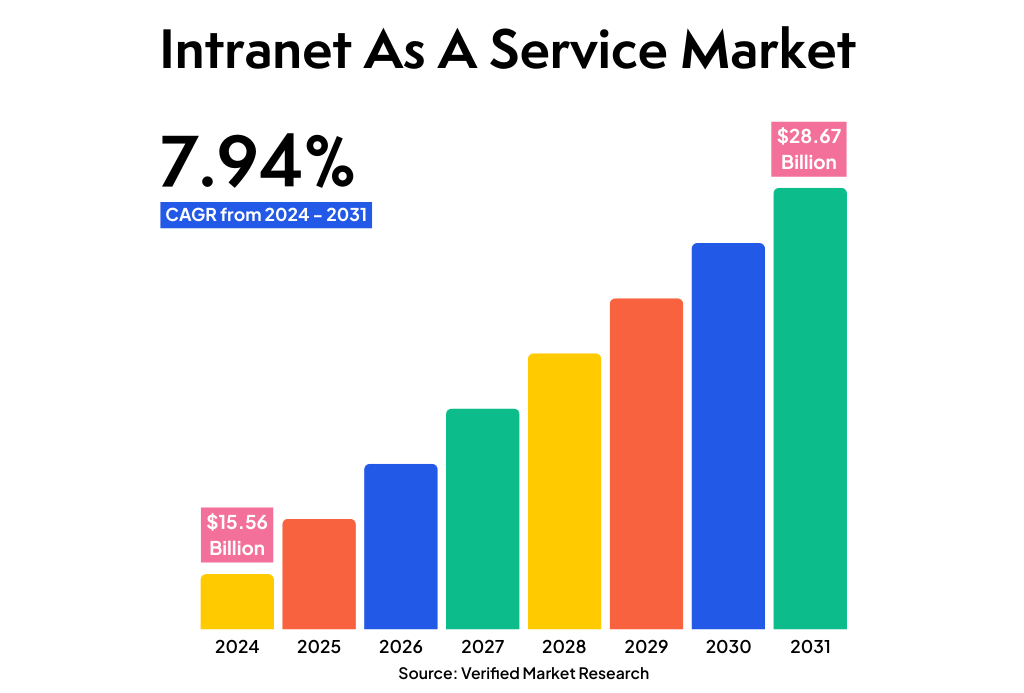
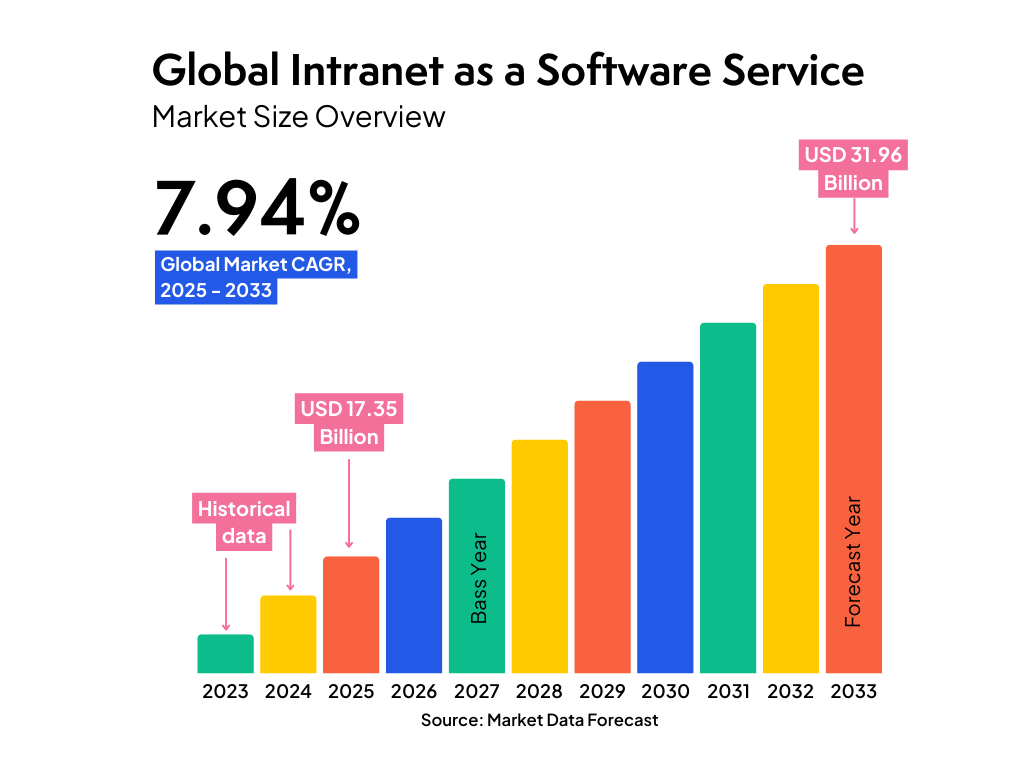


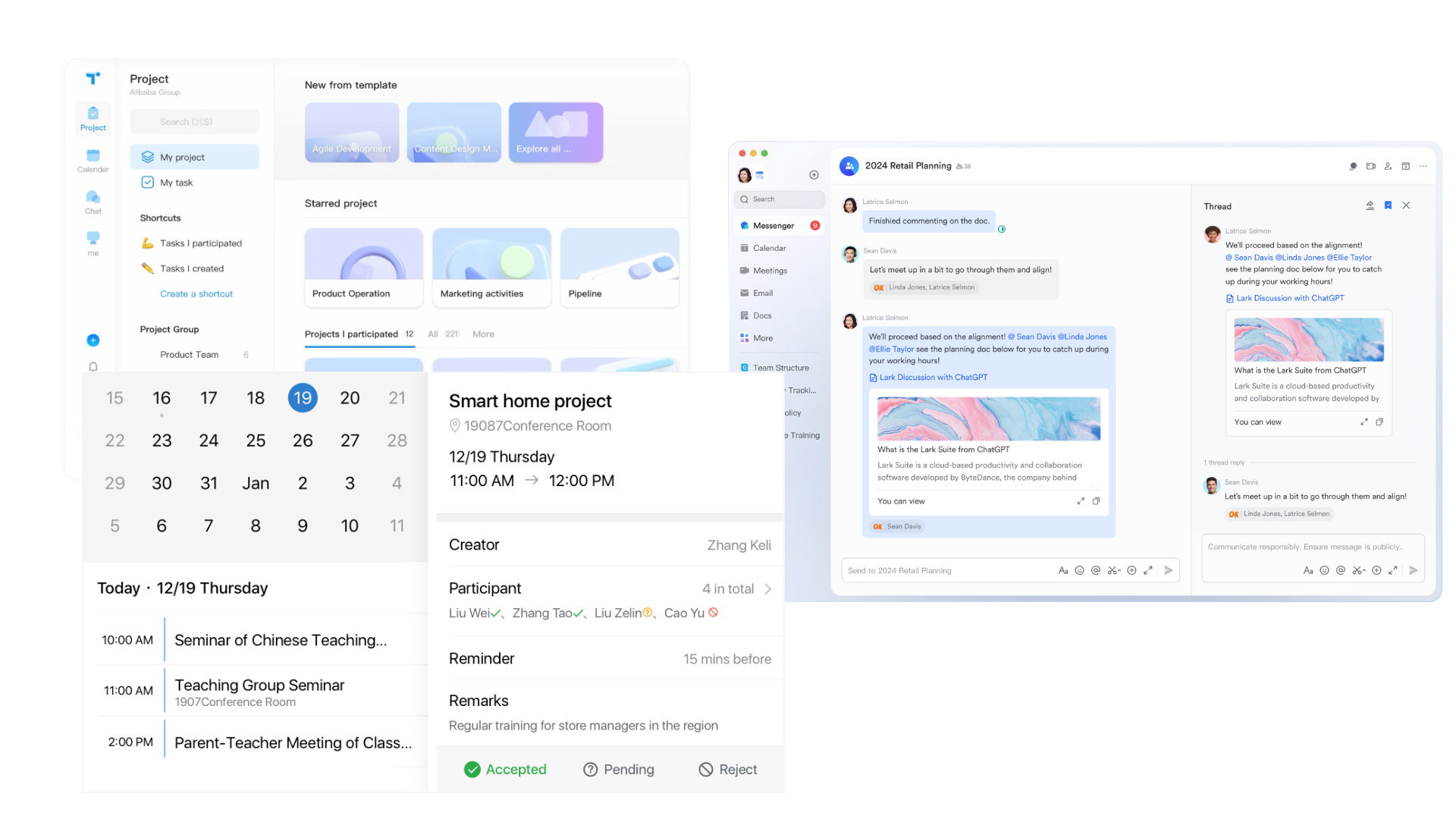
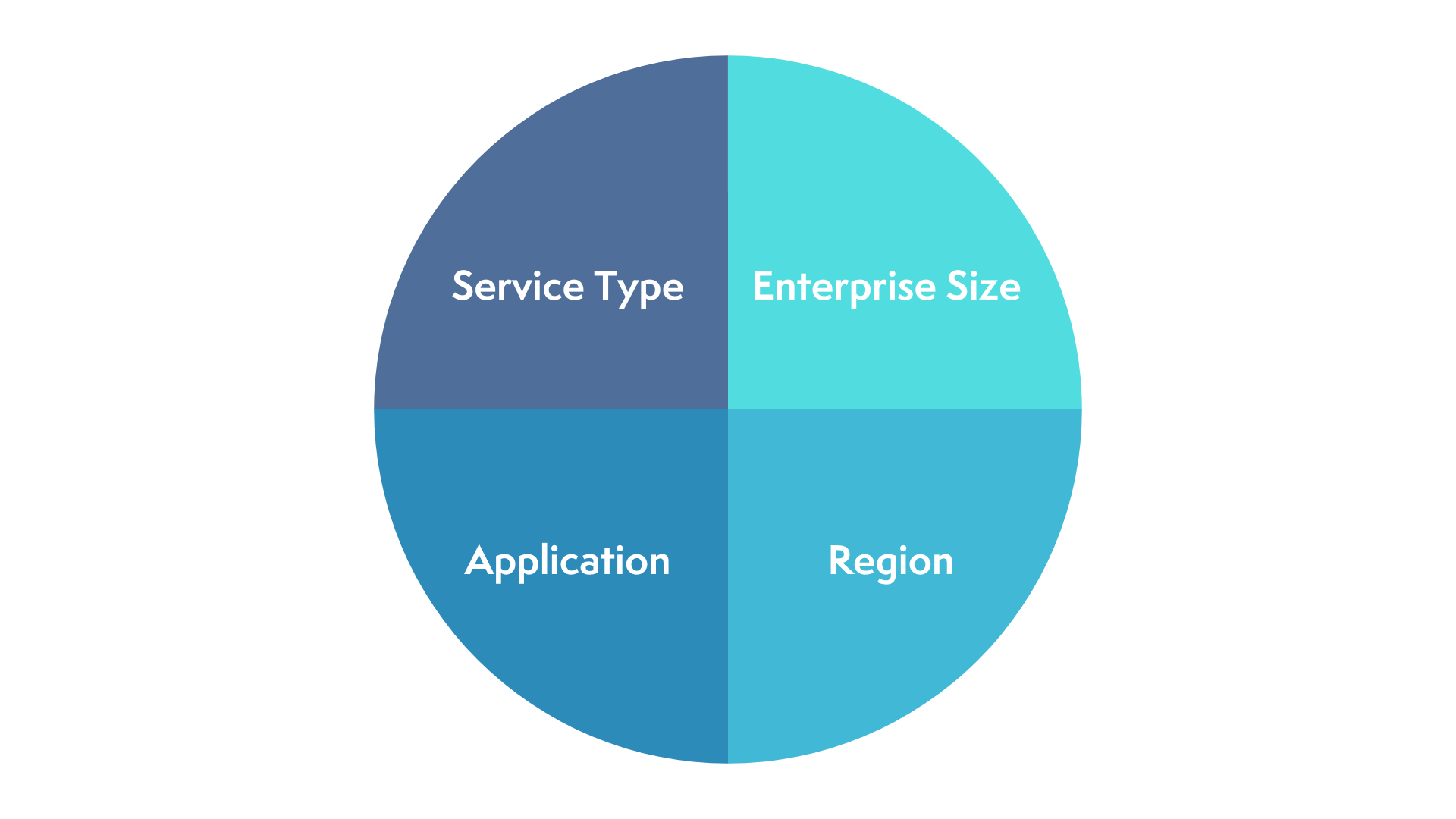
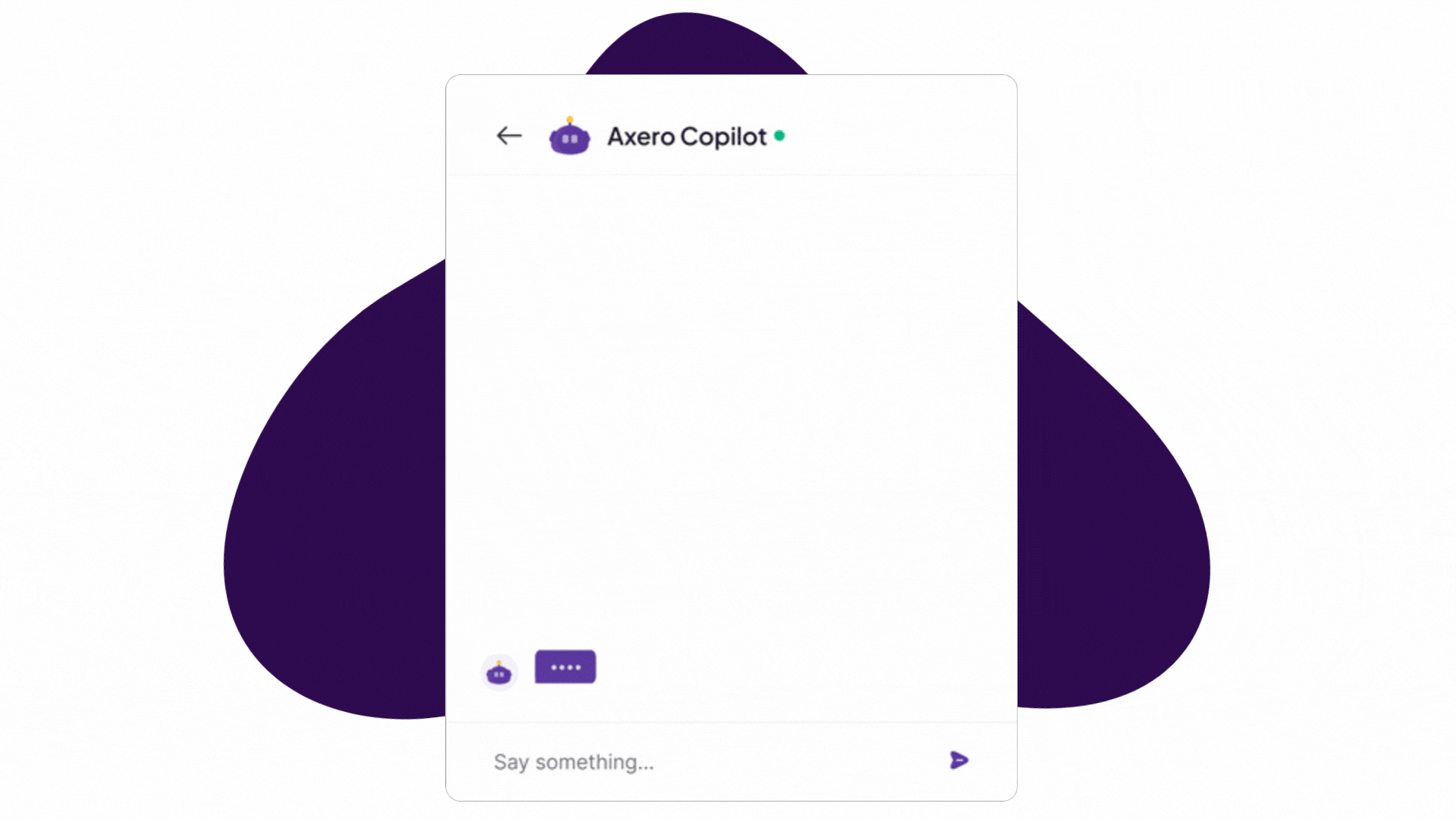
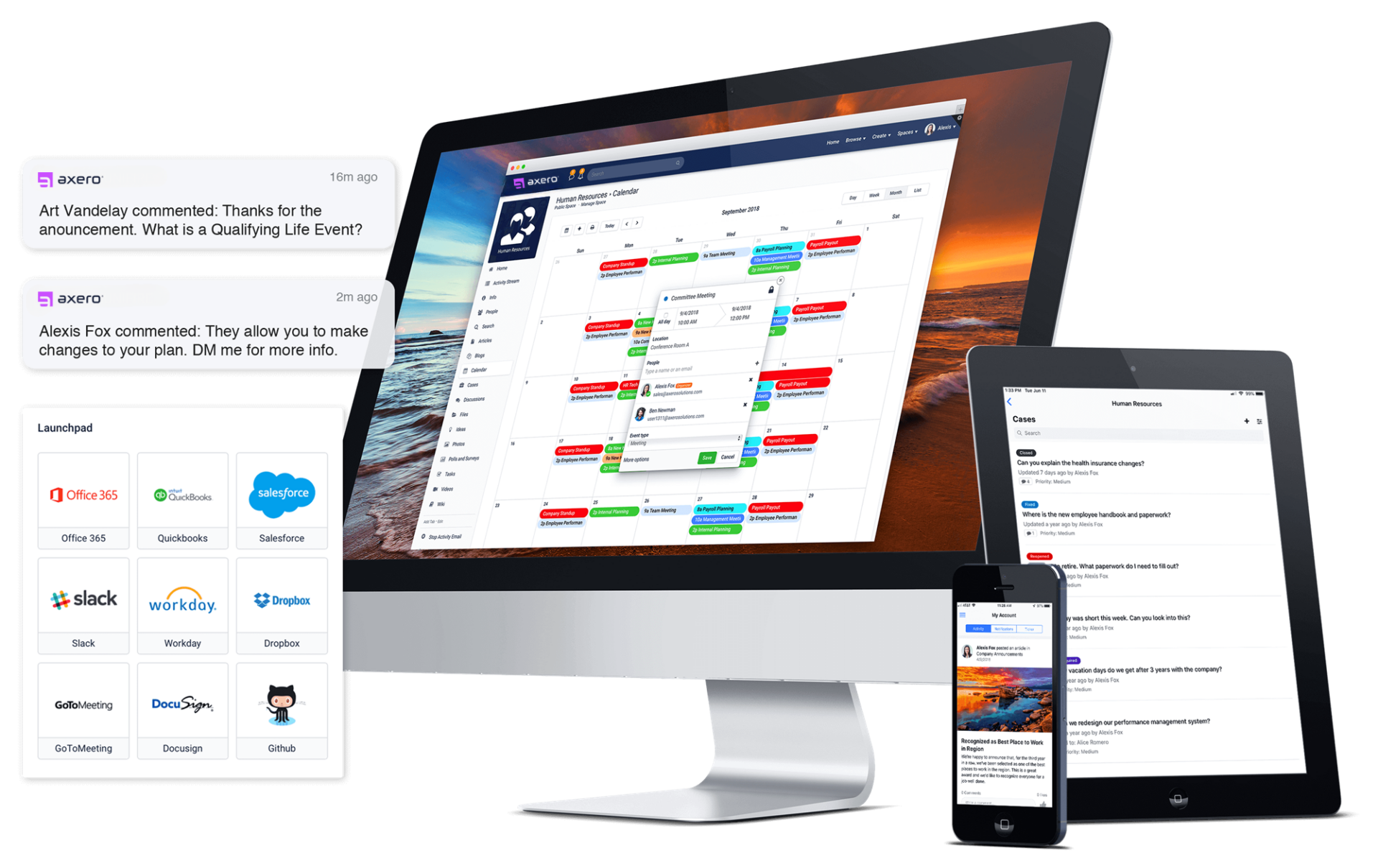
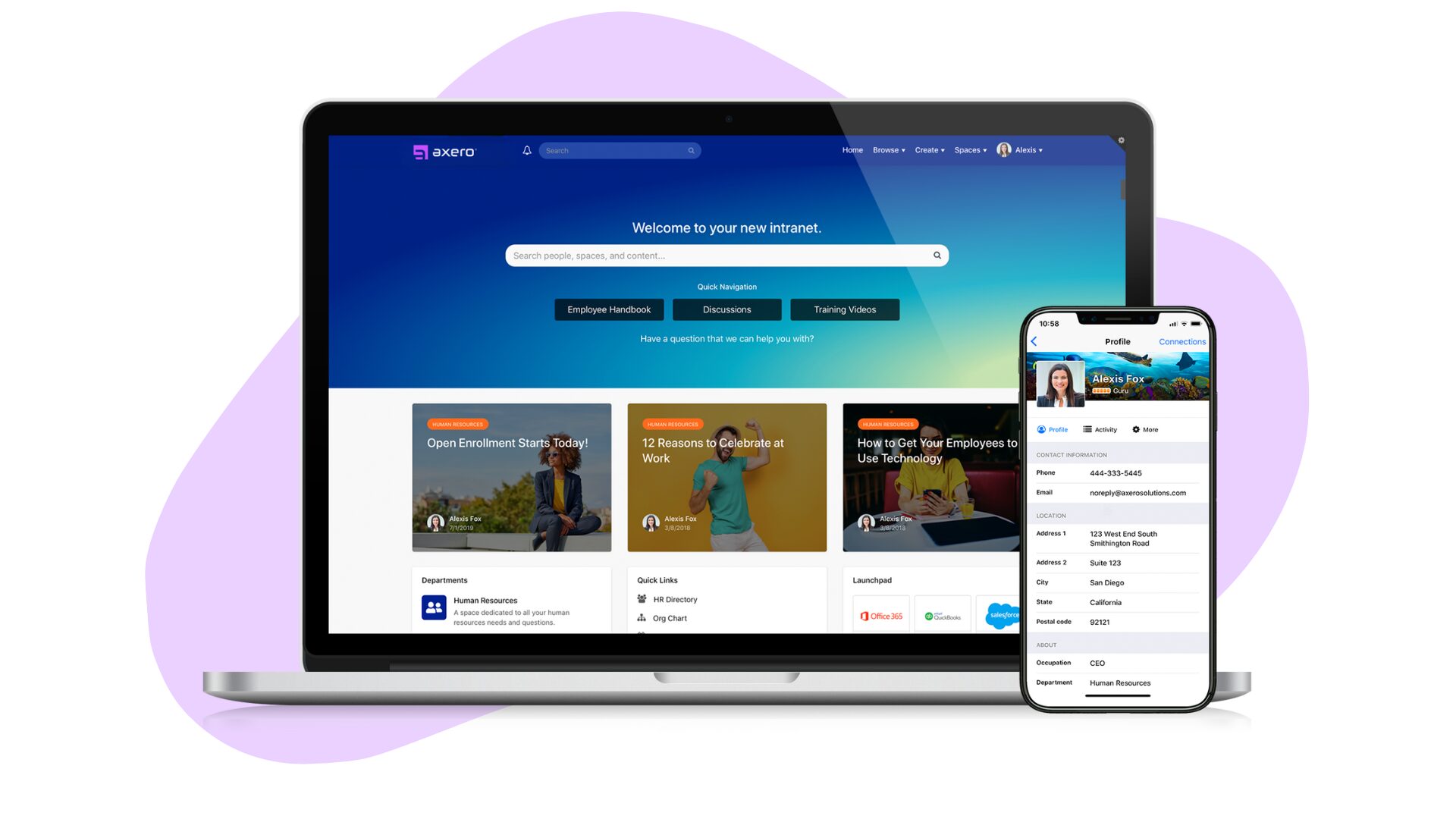


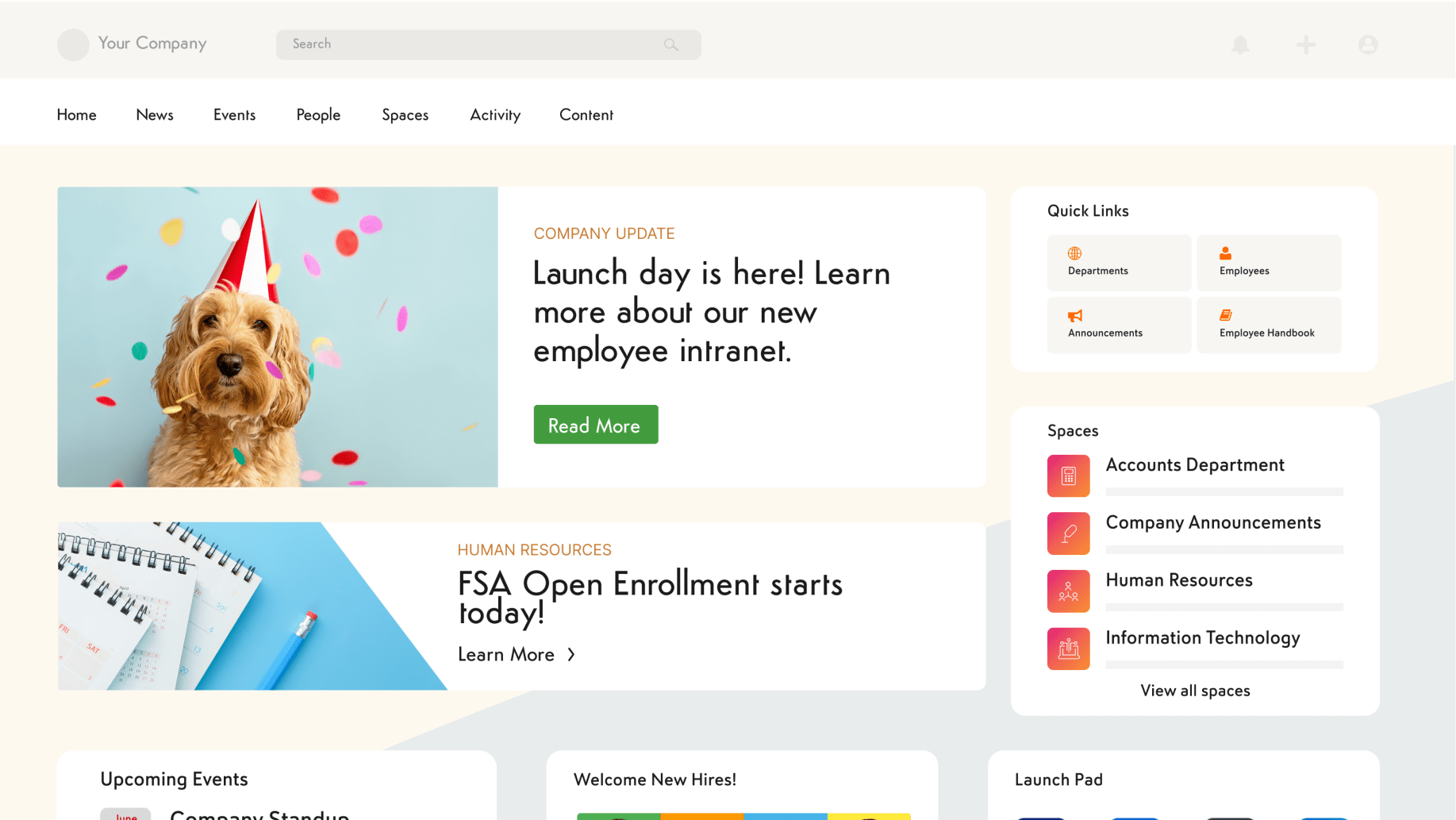
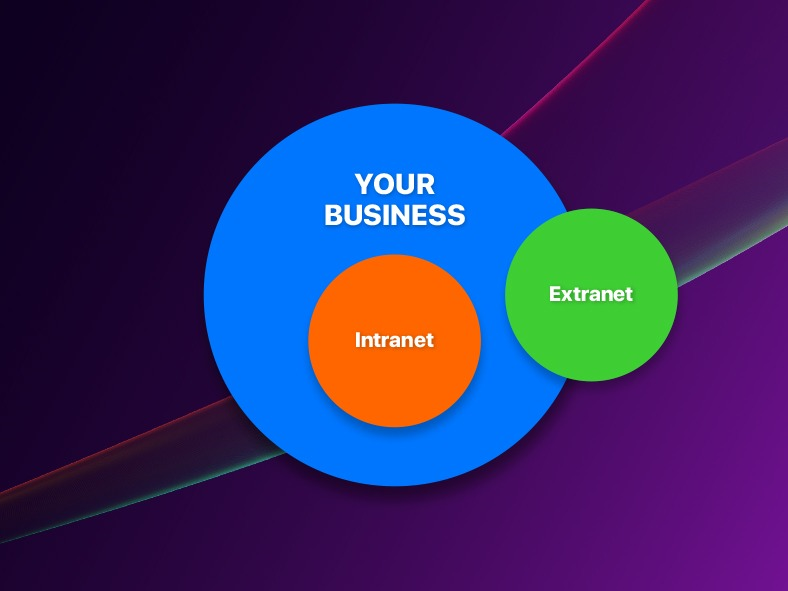







 info@axerosolutions.com
info@axerosolutions.com 1-855-AXERO-55
1-855-AXERO-55


